
Tony Trupp
@TonyTrupp
Currently working on a photojournalism project on the ecology & cultures of South America. Tweeting on History, Archeology, Megafauna, Evolution, Wildlife, etc.
How did the Ancient Egyptians carve and move their megalithic obelisks? Here’s a thread with some clues showing how they might have done it…
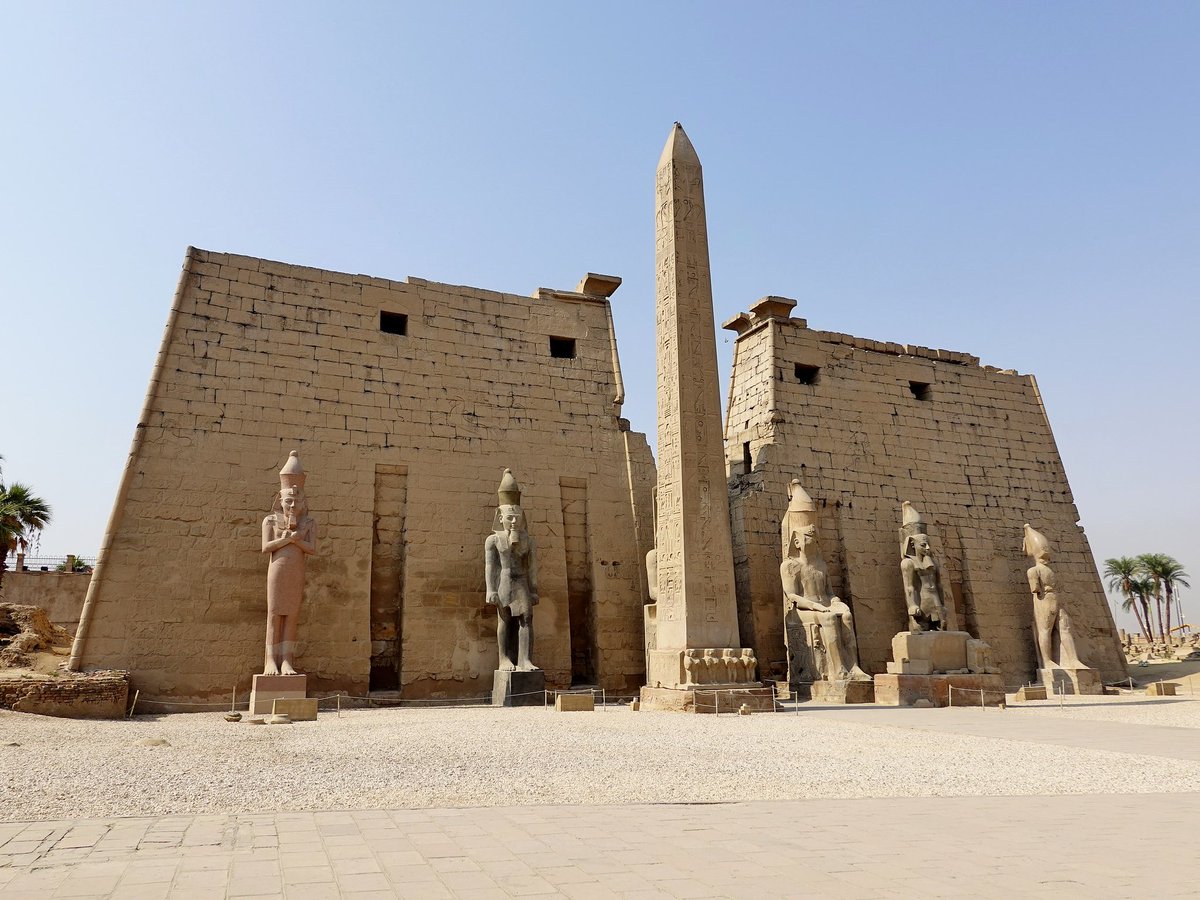
Reading these studies a little closer, it sounds like Matt had 26 vases in his private collection. The vast majority of those were grouped in terms of quality with the modern vases (Matt Beall #1), where 5 of the 26 had lower quality (Matt Beall #2). Those other 21 are unlikely…
At what point in human’s evolutionary history does archeology turn into paleontology?
'water is transparent only within a very narrow band of the electromagnetic spectrum, so living organisms evolved sensitivity to that band, and that's what we now call "visible light". ' (found via HN)
Yes. Writing is not a second thing that happens after thinking. The act of writing is an act of thinking. Writing *is* thinking. Students, academics, and anyone else who outsources their writing to LLMs will find their screens full of words and their minds emptied of thought.
Last week I talked about my nocturnal naledi theory. This week I’m talking about another pet theory of mine. Thoughts? Link below:
Very successful morning with the Giardenelli crew on the Amazon River.
They had these skinny bronze rods at the tiwanaku site museum. So they probably spun something like this with sand for abrasion, perhaps with a manual bow drill. They also had some of these bone flutes with similar drilled holes there.
Didn’t Paleolithic people migrating from NE Asia into Beringia discover the New World tens of thousands of years before these later cultures arrived? Do they not count for some reason? Why are we still using this colonial-era framing?
What’s your take on “Who really discovered the New World?”
Limestone sometimes does this kind of thing as it weathers. I’ve seen examples of this on natural rocks too, far away from any signs of stonework, so not an example of some lost technology melting the stone or anything like that. Acidic water just dissolves the stone. These kinds…
1/5 "Señor de los Báculos" o "Señor de las Varas"... Las varas o báculos son elementos centrales en la simbología andina, una constante a través de los milenios de nuestras diversas civilizaciones originarias. Desde Caral, Chavín, Paracas, Wari, Chimú, Sicán, Pucará, ...
The Waru Waru of the Geoglifos de Acora: an ingenious example of native permaculture. I found these on google maps while planning this trip to Peru. My local guide and driver weren’t yet aware of 3 of the 4 we visited. The earliest of these are believed to date back to around…
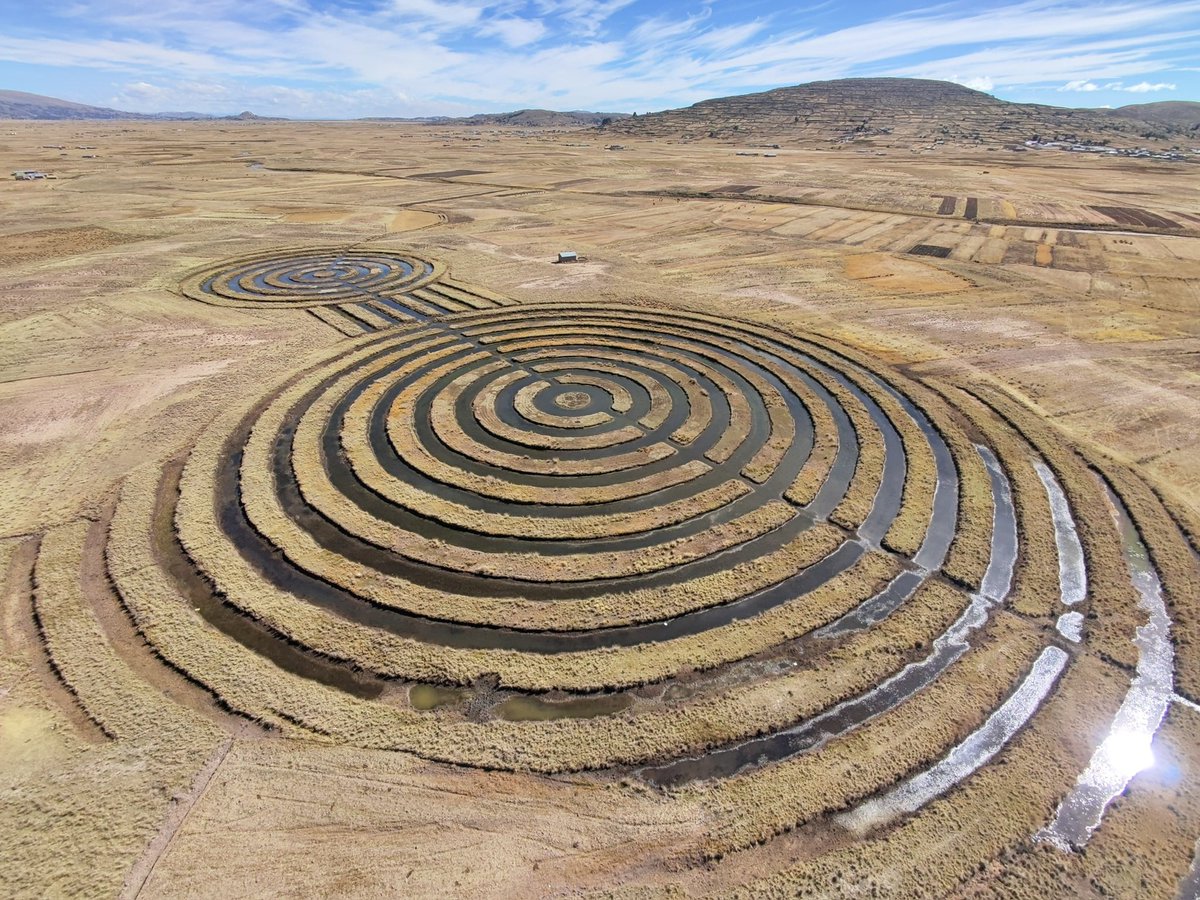
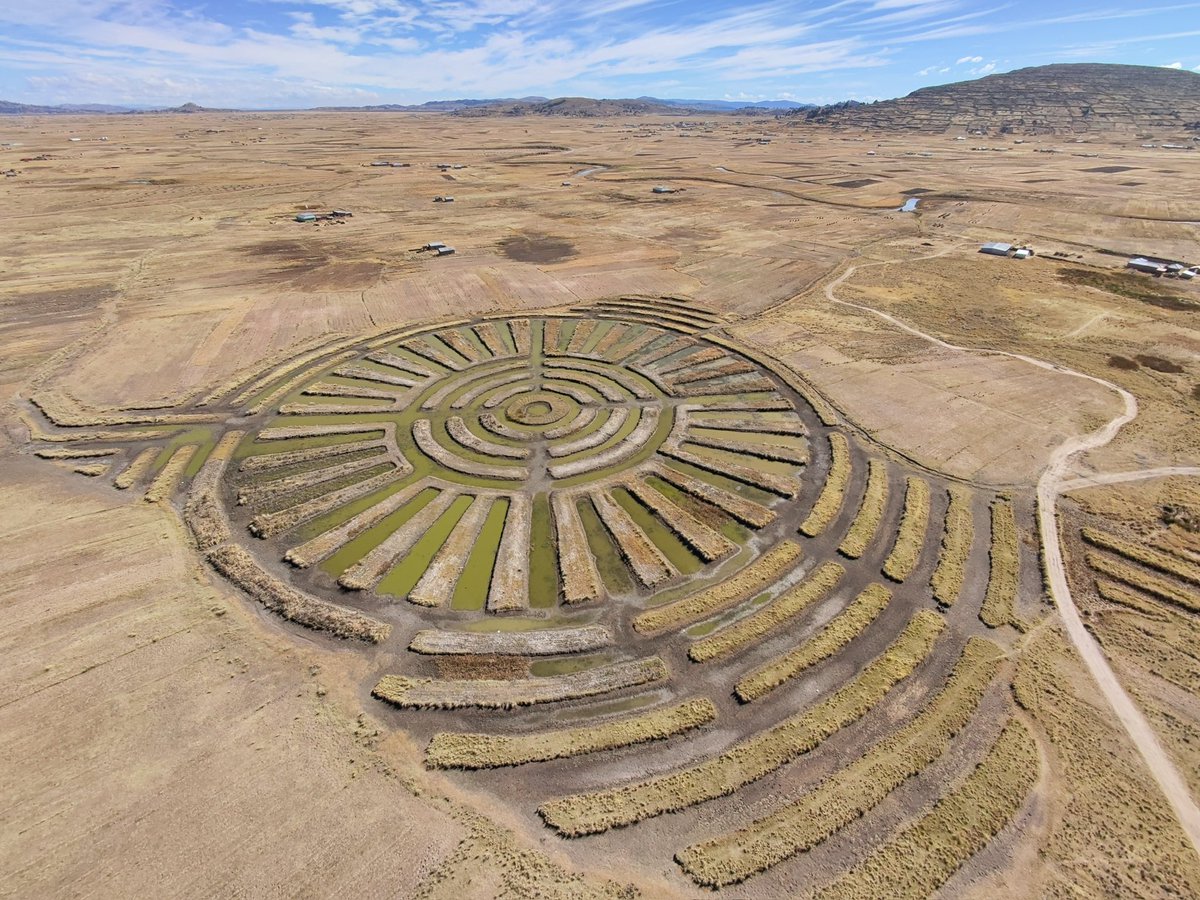
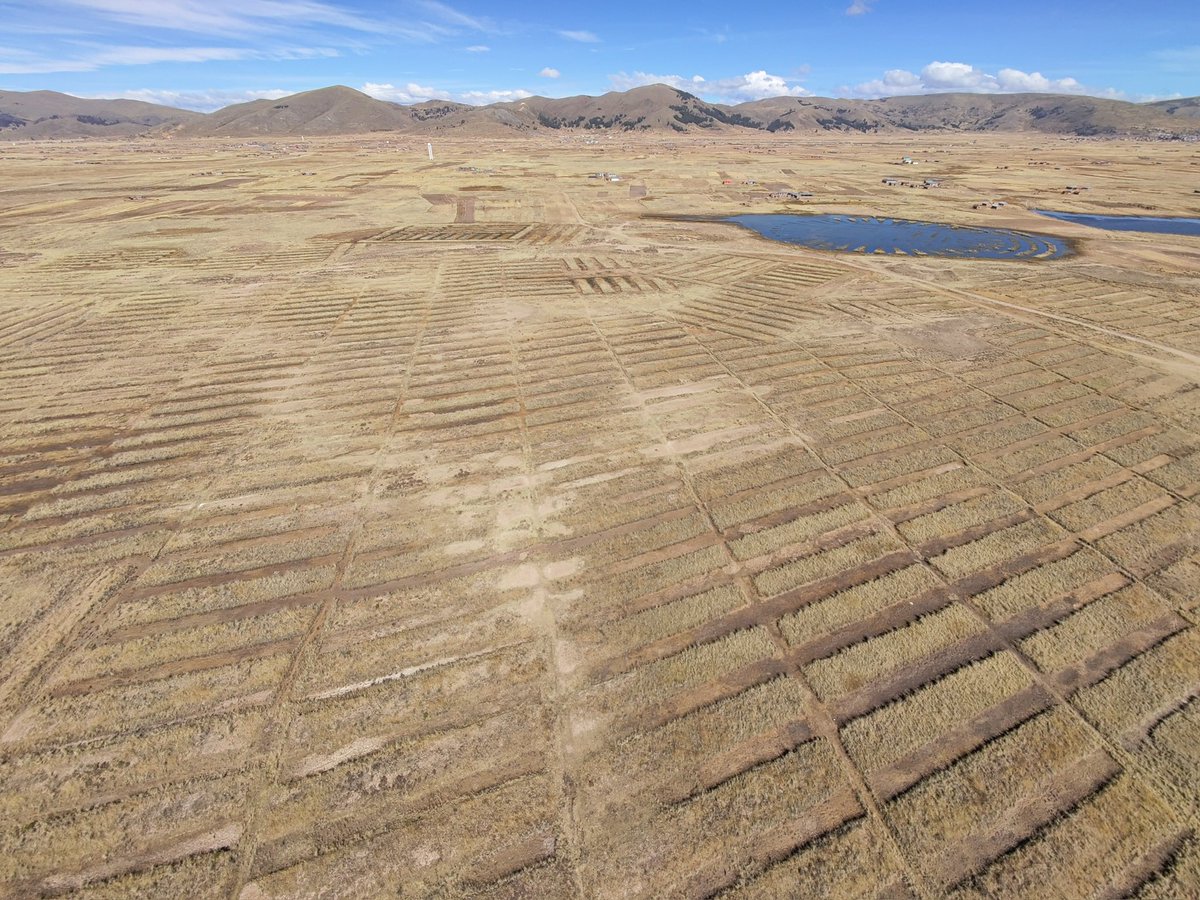
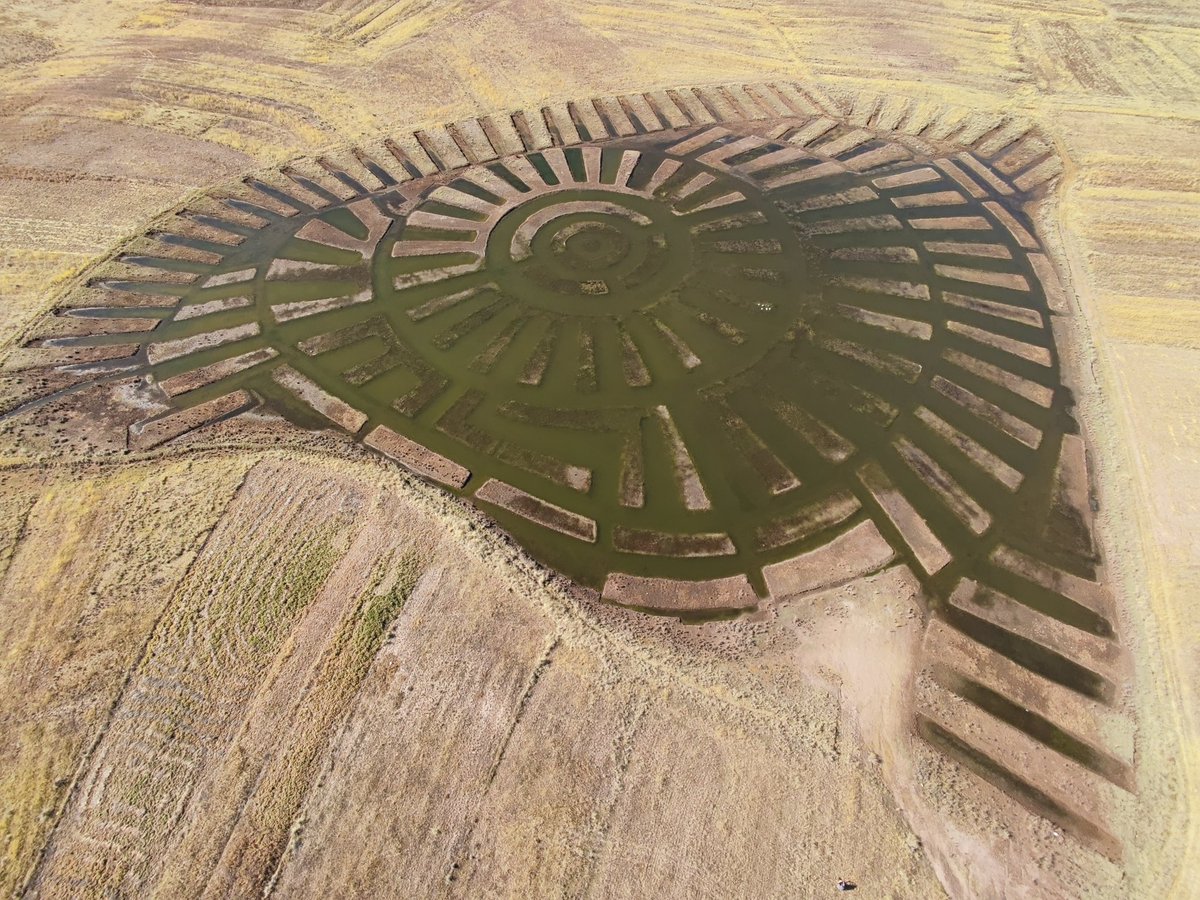
This may be why the Inca constructed trapezoidal doors, windows, and niches. Stone can support a lot of weight, but doesn’t have as much tensile strength, so is prone to cracking when flexed. By shortening the top dimension, these lintel stones would be less likely to crack.
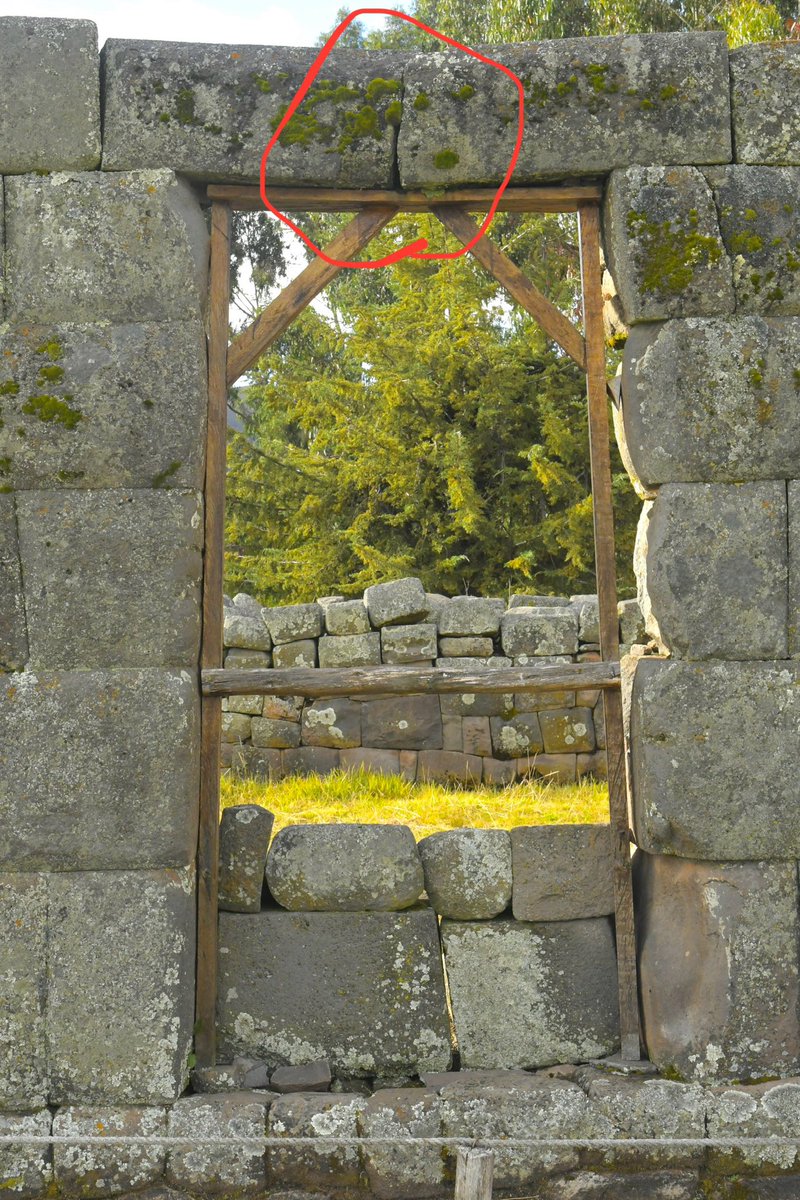
These long curved stones are at the Inca site of Intihuatana, near Vilcashuamán, Peru. Almost all have the curved side facing down. Were these cut this way for easier transport, so they would slide better on the ground when pulled with ropes, so the leading edge wouldn't get…
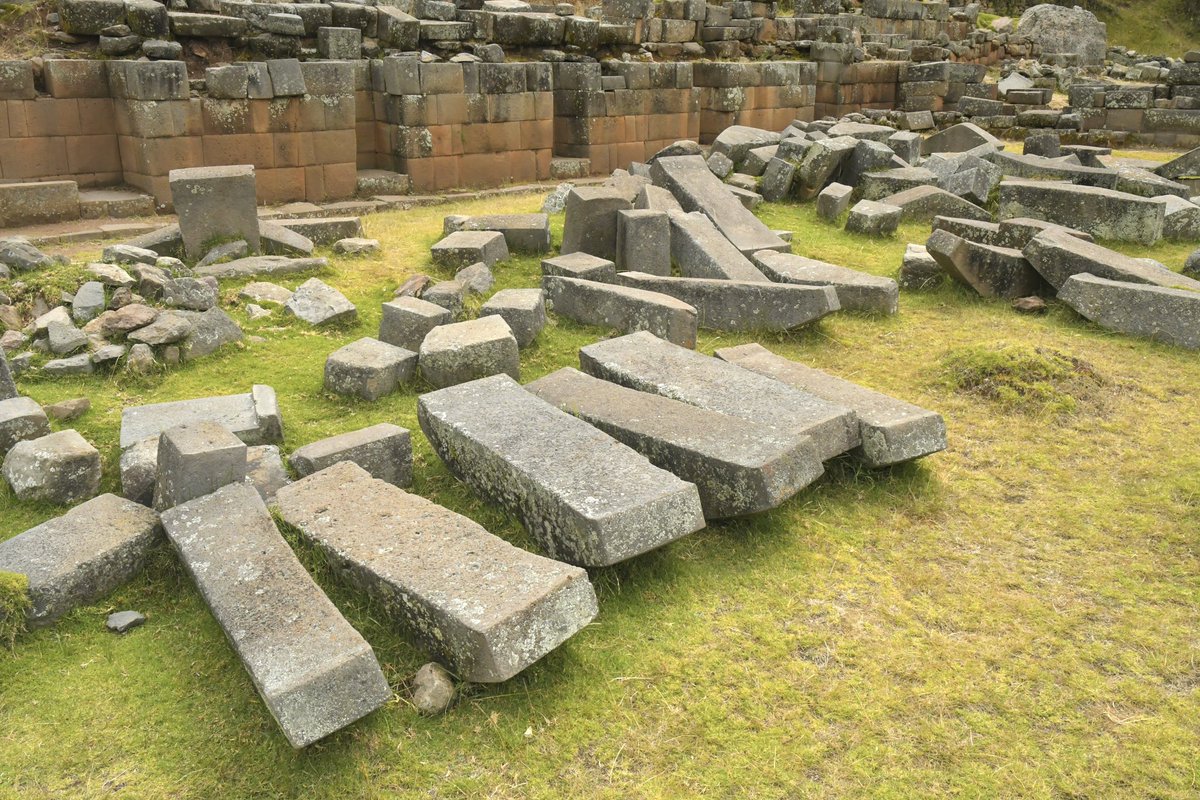
This was cute. I was visiting the Inca site of Saywite today, and the townspeople happened to be celebrating the Andean new year, including a performance by the local children. 🌞